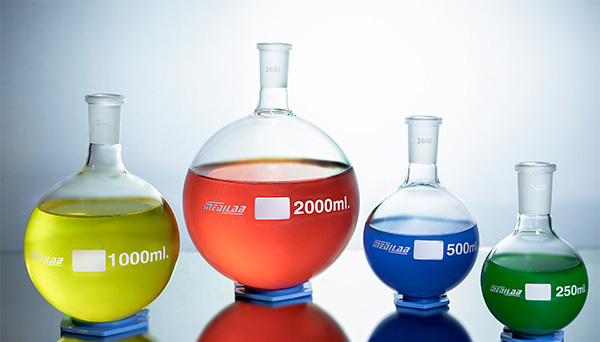Enhancing Trilateral Understanding of Chemicals in Products in North America
Status: Completed
Operational Plan: 2013 - 2014
This project will enhance risk management efforts and the reduction of human and environmental exposure to chemicals from a functional approach through the analysis of alternative flame retardants in products. This project is part of the Sound Management of Chemicals (SMOC) Program of the CEC, and gives priority to the management of substances of mutual interest that are persistent, bioaccumulative and toxic.
The international and North American communities have recognized that chemicals used in consumer products have a significant and adverse effect on the environment and human health. Consistent with international activities under the Stockholm Convention on Persistent Organic Pollutants, this project advances a North American approach to identify the sources, uses and associated risks of alternative flame retardants, and develops strategies to manage those chemicals and products that harm the environment and the health of North Americans.
Already in 2011-2012, the CEC undertook the characterization of brominated flame retardants (BFRs) in landfill leachate and biosolids in Mexico, the identification of Polybrominated Diphenyl Ethers (PBDEs) and BFRs in small and medium enterprises in Mexico, the identification and prioritization of alternatives to PBDEs/BFRs in Mexico and the analysis of available techniques and environmental practices for the end-of-life management of plastic products containing BFRs.

© Medilab Exports Consortium
Key Accomplishments
- Conducted a supply-chain analysis of 46 flame retardants of trilateral interest used in manufactured items in the North American market, and identified potential sources and uses of sixteen emerging flame retardants on the North American market
- Conducted product testing on 132 pieces of residential upholstered furniture purchased in Canada, Mexico and the United States and collected trend information on the presence of the 16 flame retardants, which may support risk management decisions for those substances
Products
- Two summary reports on enhancing trilateral understanding of flame retardants and their use in manufactured items: